Guide for designing and implementing a plan to monitor toxin-producing microalgae. 2nd Edition.

View/
Average rating
votes
Date
2016Editor
Reguera, Beatriz
Alonso, Rosalba
Moreira, Ángel
Méndez, Silvia
Dechraoui Bottein, Marie-Yasmine
Status
PublishedPages
66pp.
Metadata
Show full item recordAbstract
The first edition of this manual was first published in 2011
in Spanish. Pigmented phytoplankton is the main primary producer and
constitutes the foundation of the marine food webs. Blooms,
the explosive growth of phytoplankton, are natural phenomena
that help to support the production of bivalves and small
pelagic fish such as sardines and anchovies. Through photosynthesis,
phytoplankton synthethizes organic material using
solar energy, macronutrients — atmospheric CO2 and nitrates,
phosphates and silicates dissolved in the water — and
trace elements (e.g. trace metals and vitamins). In this way,
phytoplankton growth acts like a “biological carbon pump”
that helps to offset the greenhouse effect. In addition, phytoplankton
populations excrete dimethyl sulphide (DMS) into
the atmosphere, a gas that contributes to the formation of
nuclei of condensed water, thus generating clouds and counteracting
excessive solar radiation.
Not all of these blooms are beneficial, howe.....
Publisher
Unesco & IAEAParis, France & Vienna, Austria
Series;Nr
Intergovernmental Oceanographic Commission Manuals and Guides;59Document Language
enCitation
Reguera, Beatriz; Alonso, Rosalba; Moreira, Ángel; Méndez, Silvia; and Dechraoui Bottein, Marie-Yasmine (2016) Guide for designing and implementing a plan to monitor toxin-producing microalgae. 2nd Edition. Paris, France & Vienna, Austria, UNESCO & IAEA, 66pp. (IOC Manuals and Guides, 77). DOI: https://doi.org/10.25607/OBP-1372Collections
 Repository of community practices in Ocean Research, Applications and Data/Information Management
Repository of community practices in Ocean Research, Applications and Data/Information Management